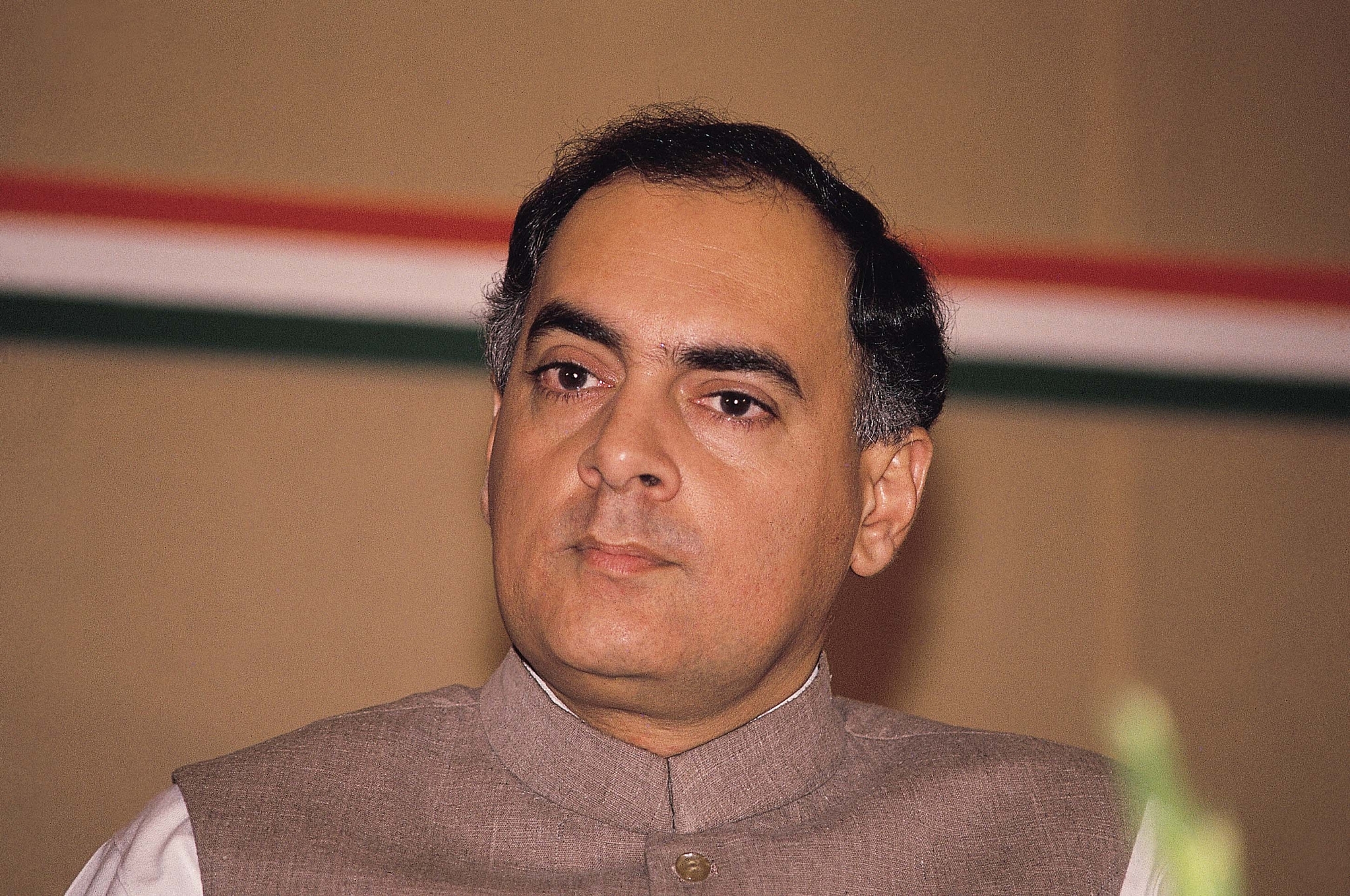Insta
Now, Victims Of Blast That Killed Rajiv Gandhi Move Supreme Court Against TN Decision To Release Convicts

The Supreme Court has allowed relatives of those killed in the blast during which former prime minister Rajiv Gandhi was assassinated to amend their petition against the release of the convicts in the ghastly crime. The relatives were allowed to amend their pleas, filed in March 2014, by a bench headed by Justice Ranjan Gogoi after the Tamil Nadu Cabinet passed a resolution to release seven of the convicts, who have been in prison for nearly 27 years now after being found involved in the assassination.
Following a Supreme Court order earlier this month, and asking the State Governor to take a call on a petition filed by one of the convicts (Perarivalan) for his release in view of the long incarceration, Tamil Nadu Cabinet passed a resolution under Article 161 of the Constitution in favour of the convicts’ release.
The New Indian Express quoted the families of victims pleading that the State government had overlooked the victims’ sufferings for narrow political gains in ordering the convicts’ release. The State government should consider the effect of the release of the convicts on the families of the victims, society, and the precedent it would set for the future, the families argued.
Nalini Sriharan, Murugan alias Sriharan, Perarivalan alias Arivu, Robert Payas, Ravichandran, Santhan and Jayakumar are the convicts who are now serving their life sentences after their death penalty was commuted by the Supreme Court. The death sentences were commuted as there was undue delay on the part of the Government in implementing the court’s order. In 2011, the convicts moved the Supreme Court against the delay to get their sentences commuted to life.
On 10 August, the Centre told the bench that it opposed the Tamil Nadu government’s proposal to release the seven convicts.
Introducing ElectionsHQ + 50 Ground Reports Project
The 2024 elections might seem easy to guess, but there are some important questions that shouldn't be missed.
Do freebies still sway voters? Do people prioritise infrastructure when voting? How will Punjab vote?
The answers to these questions provide great insights into where we, as a country, are headed in the years to come.
Swarajya is starting a project with an aim to do 50 solid ground stories and a smart commentary service on WhatsApp, a one-of-a-kind. We'd love your support during this election season.
Click below to contribute.
Latest